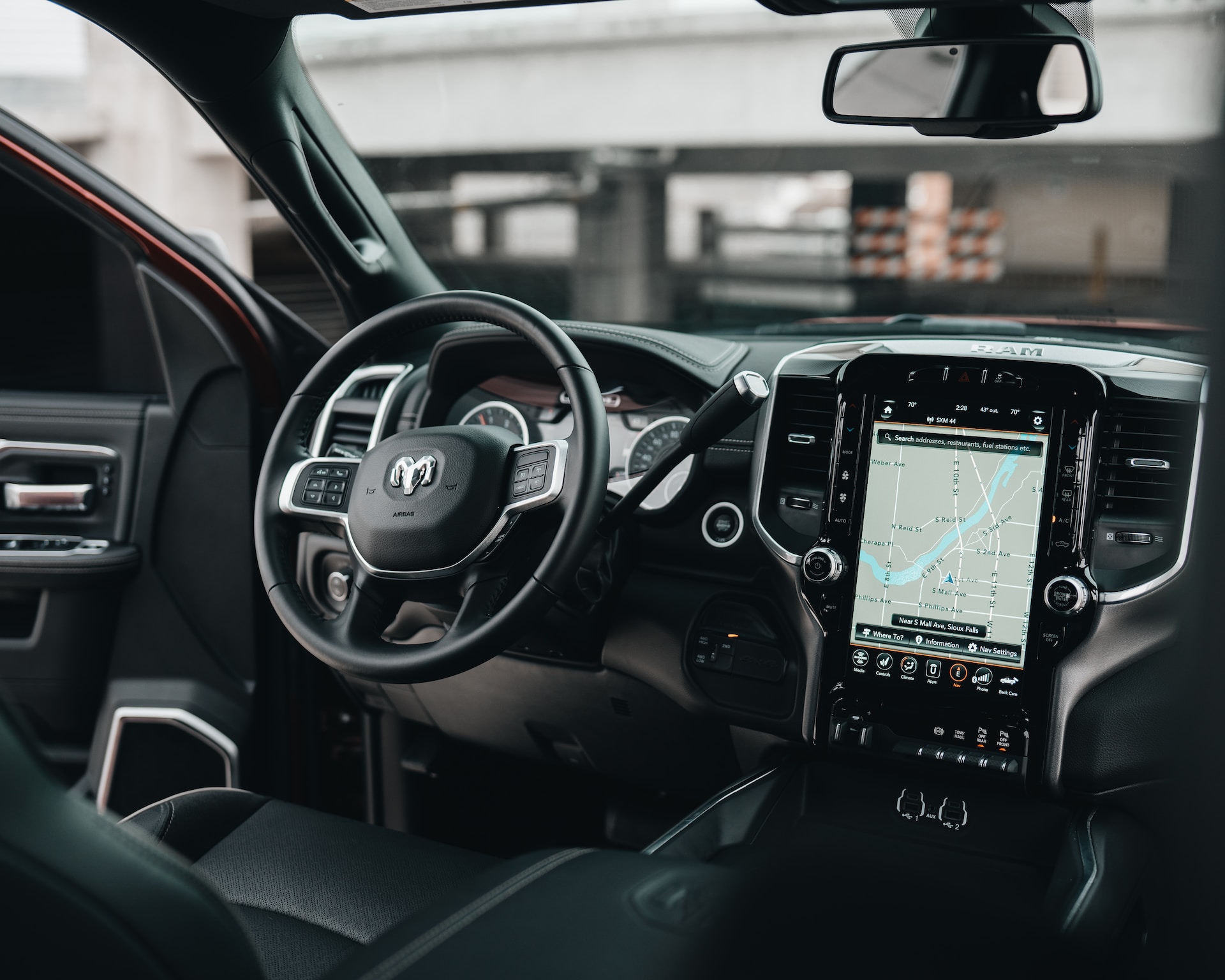In recent years, the concept of driverless cars has gained a lot of attention and investment from major tech companies, automakers, and governments worldwide. While the technology is still in its infancy and has faced some significant challenges, experts predict that it will revolutionize the transportation industry and make our roads safer, more efficient, and less congested. San Francisco, one of the world’s most progressive cities, is at the forefront of this technology, testing self-driving vehicles on its streets and offering a glimpse of what the driverless future could look like.
San Francisco’s driverless car experiment started in 2017 when the city’s Municipal Transportation Agency (MTA) approved a pilot program for autonomous vehicle testing on public roads. The program, which is still ongoing, allows approved companies to test their self-driving vehicles on specific routes with a human backup driver onboard.
Since then, dozens of companies, including tech giants like Alphabet’s Waymo, Uber, and Lyft, have obtained permits to test their autonomous vehicles in San Francisco. These companies have set up their operations in the city, using it as a testing ground for their technologies and perfecting their software, hardware, and safety features.
The testing process involves a rigorous set of protocols, including a comprehensive safety plan, a remote operator who can take control of the vehicle in case of an emergency, and a requirement to report any accidents or incidents involving the vehicle. The companies are also required to submit regular reports to the California Department of Motor Vehicles, which oversees autonomous vehicle testing in the state.
Despite the strict regulations, accidents involving driverless cars have occurred in San Francisco. In 2018, an Uber self-driving car struck and killed a pedestrian in Arizona, leading the company to suspend its testing operations temporarily. The incident raised questions about the safety of autonomous vehicles and the adequacy of the regulations governing their testing.
However, proponents of the technology argue that driverless cars have the potential to save lives and reduce traffic accidents. According to the World Health Organization, road traffic accidents are responsible for over 1.35 million deaths worldwide each year, with human error being a significant contributing factor. Autonomous vehicles, which rely on sensors, cameras, and advanced software, can eliminate human error and make our roads safer.
Driverless cars can also improve mobility for people who cannot drive, such as the elderly and disabled, and reduce the need for car ownership, leading to less congestion and pollution. Furthermore, self-driving cars can optimize traffic flow, reducing commute times and making cities more efficient.
However, the widespread adoption of autonomous vehicles also raises significant concerns about job losses and cybersecurity risks. Driverless cars have the potential to displace millions of workers, including truck drivers, taxi drivers, and delivery drivers, whose livelihoods depend on driving. The shift towards driverless cars could also lead to a decline in public transportation and increased congestion, as more people opt to use their cars for transportation.
Moreover, cybersecurity risks associated with autonomous vehicles are also a significant concern. As self-driving cars rely on sophisticated software and sensors, they are vulnerable to hacking and cyberattacks. A cyberattack on a driverless car could lead to catastrophic consequences, including loss of life.
As San Francisco continues to test and develop autonomous vehicle technology, policymakers and regulators are grappling with these complex issues. The city’s government is working with tech companies and stakeholders to create regulations that balance innovation and safety, while also protecting the interests of the city’s residents and workers.
In conclusion, San Francisco’s driverless car experiment offers a glimpse of the future of transportation. While the technology is still in its early stages and faces significant challenges, it has the potential to revolutionize the transportation industry, making our roads safer, more efficient, and less congested. However, policymakers and regulators must address the significant concerns around job losses and cybersecurity risks









